The two loaves below are both made using the same recipe and the same flour; 100% white rollermill. I want to show the difference between a good very acceptable crumb and a perfect crumb for a white wheat loaf, sourdough. As soon as you start mixing other flours such as rye to the recipe it will effect and change the characteristics of the crumb, essentially you have a denser crumb. Here I’m not talking about that type of crumb, nothing wrong with rye or other interesting grains but I want to discuss the purpose of common wheat, its outstanding ability to retain gas and the resulting aeration this gives to the crumb, the very reason our ancestors selected, cultivated and prized common wheat.
Don’t judge a loaf by the outside, it may look pretty but have an awful crumb and another very important factor: don’t judge its crumb by the large holes. I have already mentioned before how I’m not impressed with large holes in the crumb and I don’t really get some baker’s obsession with wanting a crumb consisting mostly of gaps. Whenever I look at a crumb be it my own loaves or a photo of someone else’s I’m looking at their medium/small size holes because they’re the ones that will give me an indication of the aeration in that crumb. Good aeration in a crumb results in a good mouthfeel, and it’s the medium/small size holes responsible for that not the big holes.
Loaf 1
The first loaf I have below is a crumb that is good but still too tight, not what I’m looking for when I judge a crumb from this type of loaf.
Around the large holes I want to see bigger medium/small size holes.
These little holes (circled below) should be medium size holes more like…
…these size holes.
Another part of the crumb where the holes should be larger.
Loaf 2
When I cut a loaf open and see this crumb then I’m happy.
The immediate noticeable difference in the crumb is just how many more medium size holes there are.
And around those medium size holes there’s plenty of tiny holes which are not noticeable until putting the crumb up close for inspection.
The lens in my camera is not good enough to show up really close the very small holes but you can just about see in the circled area below every tiny part of the crumb is covered by small and tiny holes.
The anticipation when cutting a loaf – will it have the desired crumb?



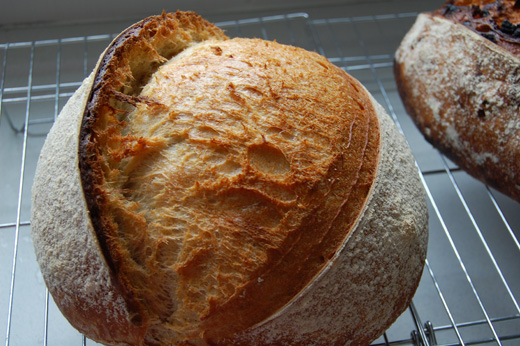

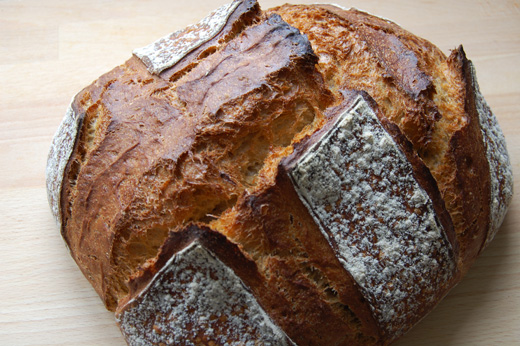



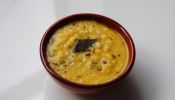


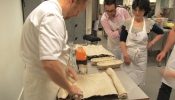














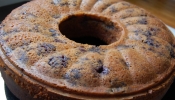


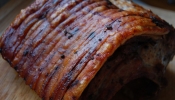

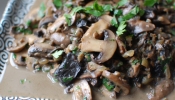

{ 8 comments… read them below or add one }
I don’t get the attraction of the really big holes either… just makes it less useful for sandwiches, makes it harder to butter and put jam or other spreads when making toast.
But agree, medium holes, they are the goal!
Great post! How do you develop your dough to ensure proper aeration of the crumb? I find that both autolysis, kneading until quite good gluten development AND stretch-and-folds are needed.. Any shortcuts that yield same results?
Hi
How do you get that beautiful bloom on the slashings on you breads ?
The ear almost looks as if it is peeling open to reveal the blooming crumb inside. How do you achieve that ?
thank you
regards
sasi
hi Runar – I don’t autolysis, I don’t find a need for that unless it’s a particular type of rich dough or there was a specific reason in regards to the flour and was trying to overcome a problem.
Doing the kneading is the same as doing the stretch and folds, so you’re essentially repeating the same action. I do stretch and fold and it’s enough to develop dough without the need for any kneading. Have a look at photos through this post and you’ll see my method http://www.azeliaskitchen.net/blog/walnut-raisin-bread/
Sasi – I’ve made a little short video of it here http://www.azeliaskitchen.net/blog/slashing-sourdough/
Thank you very much for the link to the video.
My next question is , if you dont mind me asking how do you induce steam because your loaves have a beautiful bloom caused by great oven spring.
thank you
regards
sasi
Sasi – have a look at my Walnut & Raisin Loaf under Sourdough Recipes and at the end of post I describe how to create steam for domestic oven.